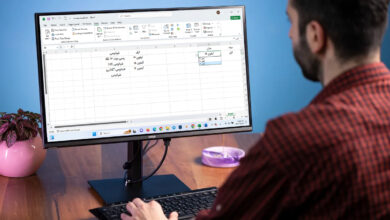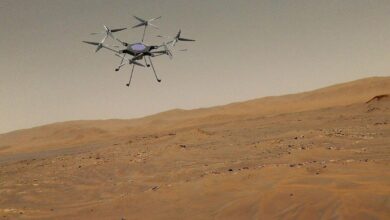
SpaceX successfully launched the Hera spacecraft belonging to the European Space Agency. This company’s Falcon 9 rocket took off from the US Space Force Station in Cape Canaveral on the coast of Florida today, Monday at 18:22 Iranian time, and approximately 76 minutes later, the upper stage performed two burns and placed the spacecraft on an interplanetary path. gave
Today’s launch was the first Falcon 9 flight since the Crew 9 mission to the International Space Station on September 28. On that mission, the rocket’s upper stage suffered a technical failure during the final burn to exit orbit after the Crew Dragon spacecraft was deployed.
The US Federal Aviation Administration (FAA) announced on October 6 that SpaceX is allowed to launch today; Because the upper stage of the rocket is on the escape route and will not leave the orbit. However, other Falcon 9 missions that require a deorbit maneuver for the upper stage are not yet allowed to fly.
Today’s launch was the 20th and last flight of B1061 booster. According to SpaceX, the “additional performance required to deliver the payload to the interplanetary transfer orbit” requires the booster to orbit. This booster first flew almost four years ago on the Crew 1 mission and was used on the Crew 2 missions, a cargo mission for the space station, the launch of private satellites and 10 Starlink missions.
The Hera spacecraft will visit the near-Earth asteroid Didymus and its moon Dimorphos. Two years ago, these two asteroids were the target of the Double Asteroid Deflection spacecraft or Dart for short. In 2022, Dart deliberately collided with Dimorphos, successfully demonstrating a “kinetic impactor” technique for deflecting potentially dangerous asteroids by shortening its orbit around Didymus.
read more
Hera now goes to Didymus and Dimorphos to better understand the effectiveness of the kinetic impactor technique by studying them closely and to find out how the dart changed the course of the small moon. “Hera is like a detective going back to a crime scene,” Patrick Michel, the mission’s principal investigator, said during a question-and-answer session Oct. 6.
The 1,081 kg Hera spacecraft will fly past Mars in March 2025 before reaching Didymus and Dimorphos in late 2026. Using 12 instruments, Hera will study Didymus and Dimorphos in several stages and will approach the two asteroids at Tedridge.









